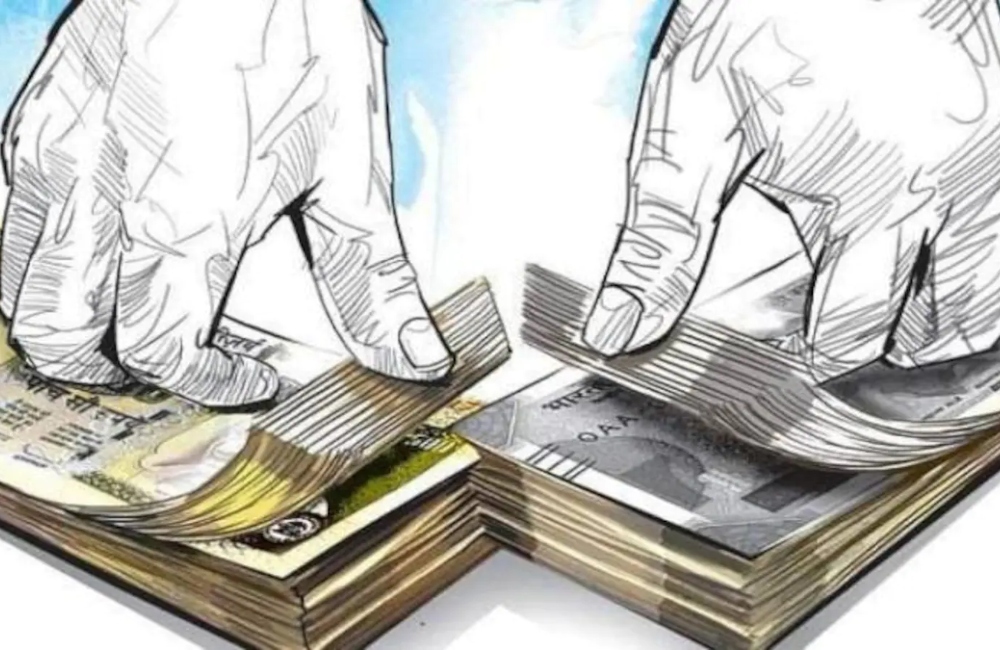The Narendra Modi government’s 2016 decision to implement demonetisation was upheld by the Supreme Court on Monday, ruling that the decision-making process was flawless.
Justices SA Nazeer, AS Bopanna, and V Ramasubramanian, as well as Justice BR Gavai, read out the majority opinion.
The Supreme Court ruled that the Centre has the authority to demonetize all series of banknotes and that neither the November 8, 2016 ruling nor the idea of proportionality applied.
Whether or not the decision’s goal was attained is irrelevant, according to the Supreme Court.
The Supreme Court ruled that sufficient consultation between the Center and the Reserve Bank of India had taken place prior to the note ban decision. Justice BV Nagarathna dissented from the majority opinion, however, and wrote a dissenting opinion.
After hearing lengthy arguments from the government and the petitioners who stated that the note ban decision was arbitrary, illegal, and inconsistent with the authorities and procedure specified under the Reserve Bank of India Act, the court reserved its ruling on December 7.
The Center has cited the need to combat counterfeit money, illicit financial activity, and financing of terrorism as justification for the decision to demonetize the 1000 and 500 rupee notes. The petitioners had argued that the goals had nothing to do with note bans because those initiatives were made by nations dealing with hyperinflation or the necessity to get rid of useless currency notes.
P Chidambaram, a senior member of the Congress who had attended on behalf of the petitioners, hailed the dissenting decision as a “slap on the wrist” for the government.
“We are pleased that the minority judgement highlighted the unlawfulness and anomalies in the Demonetisation. It might merely amount to the government receiving a friendly smack on the wrist, he tweeted.


















